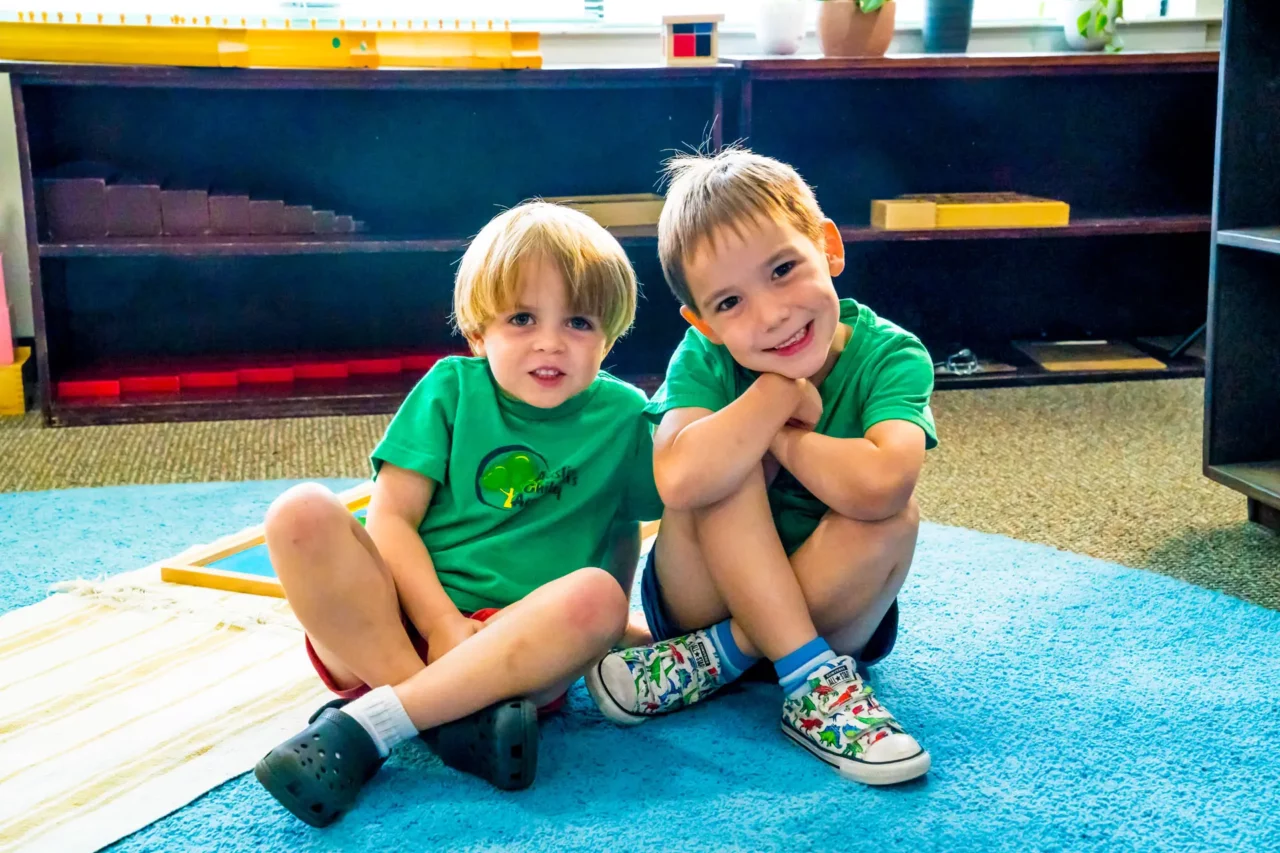
As an adult, reading comes as second nature. That’s why it’s so hard for many adults to believe that reading is not exactly a “natural” process—meaning that it doesn’t happen on its own as your child grows.
Learning to read isn’t simple; it’s actually a very complex process that involves teaching various skills like phonics (realizing the relationship between letters and sounds) and phonemic awareness (identifying and manipulating individual sounds into words).
While reading is a complex process inside the brain, that doesn’t mean that the steps you take to help your child reach their learning potential have to be arduous or stressful. In fact, they’re simple, straightforward, and—in many cases—fun!

We’ve put together four tricks to help your child best learn how to read. While it’s true that they’ll put in much of their reading education while at school, home is the best place to build a firm foundation in order to make sure they’re equipped with the right tools. By integrating these tricks into you and your child’s everyday routine, you’ll be well on your way to molding a highly skilled reader.
1. Have access to books and other prints.
Having books at home is ultra-important in helping your child read. Any and every kind of book is a good book to have in your house, where your child can get familiar with them.
Books aren’t the only important part of the reading journey, though. Other types of printed words are essential too. Think posters, charts, and labels—even the smallest things with printed words on them can be helpful to a child who’s getting introduced to the concept of reading because it allows them to connect the meaning between sounds and symbols.
Having these supplies at home is great, and we recommend keeping an eye out for them while you’re out and about too. Take the opportunity to point out letters that your child can recognize on billboards, posters, and signs. When you have the chance, model the method of sounding out the letters to make words; this will help your child refine their skill of phonemic awareness.
Putting a big focus on letters is a great place to start. Ask your child questions like “What sound does that letter make?” “What other word starts with that sound?” “What words rhyme with (or sound like) that word?”
2. Create a Reading Routine.
Setting aside daily reading time with your child is essential in creating a big reader. Predictability and routine are paramount to a developing child, and adding books into the equation only helps their growing brain.
So many skills can be gained by the simple act of reading to your child. You’re showing them the connection between letters/symbols on a page and the spoken word, how to sound out words, building their reading comprehension, expanding their vocabulary, and allowing them to hear what a fluent reader sounds like.
Most importantly, this time spent with you nurtures a love of reading in your child, which is a quality that they’ll carry with them throughout their whole life.
3. Put letter magnets on the fridge.
Playing with letter magnets on the refrigerator while dinner is cooking is a great way to keep your child busy and keep them learning at the same time. This is a way they can form words with their hands and see the sounds come together in front of their eyes.
For children that have trouble with vowel sounds, letter magnets are extremely helpful. You can organize the magnets so all of the vowels are in one place and all of the consonants are in another, which gives your child a way to see the two groups in a tactile way that they can understand more clearly.
4. Play word games.
Word games are a great way to get your child familiar with the concept of sight words. In order for young children to turn into fluent, confident readers, they have to refine the skill of reading sight words. Many children are able to learn a handful of sight words by the age of four and, by the end of their first year of school, will know about twenty sight words.
To give your child a leg up in that department, play short, fun, even silly sight word games at home, at the library, in the waiting room, or anywhere that the two of you are together.
Your Young Reader
There’s little else more important than fostering the love of reading in your child, and that involves teaching them with building blocks that are fun for both of you. Remember to be patient, be consistent, and most importantly, enjoy the process of learning with your child.






